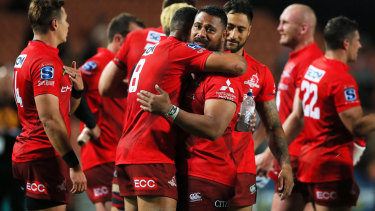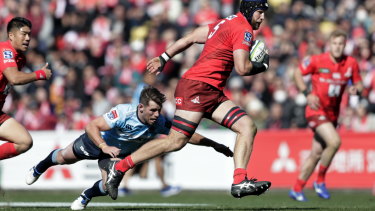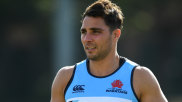kiap
Steve Williams (59)
It does, although the Euro model is more like the World Cup: …… Pools and knockout. Teams qualify, are seeded, and then go into a draw.Heinekin cup is basically a conference system, and that seems to run ok!
While not exactly a conference system, it doesn't use a 20 team round-robin, that's for sure. And it works. Do people bemoan the World Cup format and want to play all 19 opposition teams? No.
Under a single round-robin, teams would still end up with good and bad draws. Even worse, if one soup team is dropped, half the comp will only have 6 home games instead of 7.
Downsides are real for a long distance comp. This won't fix the inherent structural problems.




